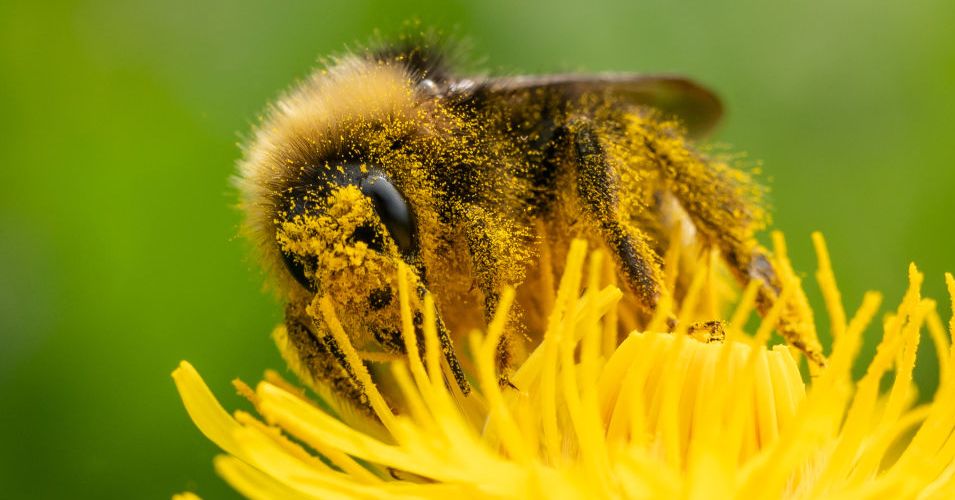The arrival of spring often brings relief from the harsh winter cold, yet for millions across the United States, it also signals the onset of allergy season. As temperatures rise, so do pollen counts, leading to widespread discomfort characterized by sneezing, headaches, and watery eyes, forcing many back indoors.
In recent times, cities like Atlanta and Houston have witnessed unprecedented pollen levels. Atlanta set a new record with a pollen count of 14,801 grains per cubic meter, primarily from pine, oak, and birch trees. Similarly, Houston experienced its highest pollen counts since records began in 2013. These soaring numbers are part of a broader trend, with the Asthma and Allergy Foundation of America (AAFA) warning of particularly severe allergy seasons, especially in the southern United States. A significant portion of the population is affected, with nearly one in three adults and one in four children experiencing these symptoms.
Experts link this increase in pollen and allergies to climate change. Kenneth Mendez, CEO of AAFA, explained that warmer temperatures and rising carbon dioxide levels are causing plants to produce more pollen and for longer periods. “In the springtime, the first pollen allergens are from trees, and that is starting 20 days earlier than it did 30 years ago,” Mendez noted. The result is a higher allergic load, with many individuals experiencing allergies for the first time or noticing an intensification of their symptoms.
The economic impact of these allergies is significant, as they lead to billions of dollars in losses annually due to reduced productivity, medical expenses, and missed workdays. Asthma and related conditions, often exacerbated by pollen, contribute to this financial strain. Alarmingly, pollen can also pose severe health risks, leading to complications like asthma attacks or even anaphylaxis in rare cases. Annually, tree pollen allergies account for 25,000 to 50,000 emergency room visits, with two-thirds involving minors.
For those affected, avoiding pollen is a formidable challenge. Despite efforts to stay indoors, tiny pollen grains can permeate through vents, window seals, and even cling to clothing and pets, making complete avoidance nearly impossible. As climate trends persist, Kenneth Mendez predicts that more individuals will suffer from allergies, stating, “If the trend lines continue, I think more people are going to feel miserable from allergies.”
How We Keep Making Allergies Worse for Ourselves
Allergies occur when the body’s immune system overreacts to harmless substances, such as pollen. While most reactions are mild, they can sometimes trigger serious issues like asthma attacks, characterized by wheezing and shortness of breath, or even anaphylaxis, a life-threatening condition. Although most pollen allergies are more of a nuisance than a danger, the omnipresence of pollen makes it difficult to escape, as it infiltrates indoor spaces through various means.
Original Story at www.wired.com
